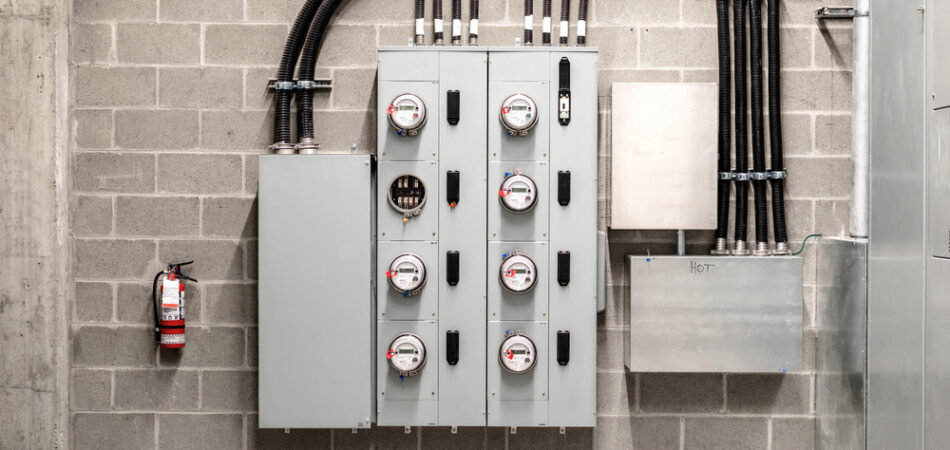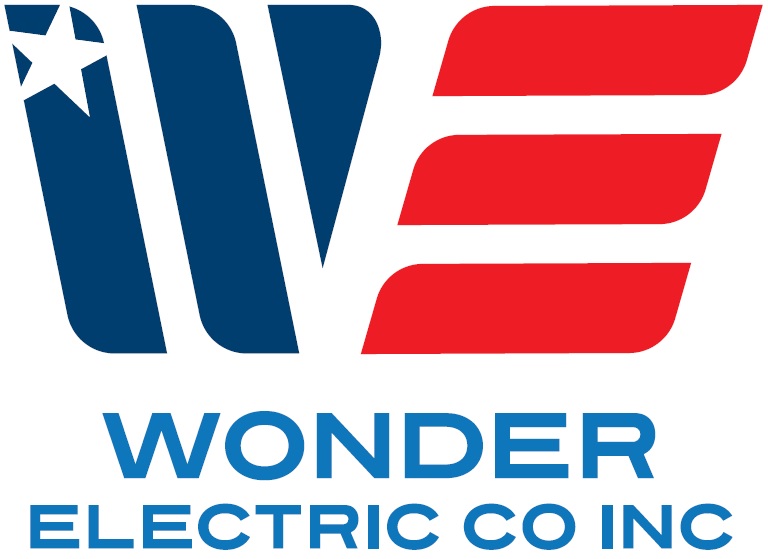
In today’s modern world, high voltage electrical systems play a crucial role in powering industries, homes, and infrastructure. Understanding the basics of high voltage systems is essential for anyone involved in electrical engineering, construction, or even those curious about how electricity is generated and distributed. This beginner’s guide aims to provide a comprehensive overview of high voltage electrical systems, covering everything from their basic components to their importance and safety considerations.
What is High Voltage?
High voltage refers to electrical systems where the voltage levels are significantly higher than standard household currents. In many countries, high voltage is classified as anything above 1000 volts (V). These systems are designed to transmit large amounts of electrical power over long distances efficiently.
Components of High Voltage Systems
High voltage electrical systems consist of several key components:
- Generators: These produce electricity through mechanical energy, often by turbines turned by water, steam, or gas.
- Transformers: They step up or step down the voltage levels for efficient transmission and distribution.
- Transmission Lines: These carry electricity over long distances, often suspended on towers or poles.
- Switchgear: Used for controlling, protecting, and isolating electrical equipment.
- Substations: Points where voltage is transformed and distributed to consumers or other substations.
Importance of High Voltage Systems
Power Generation and Transmission
High voltage systems are crucial for power generation and transmission. They enable electricity generated at power plants to be transmitted efficiently over long distances to substations and ultimately to consumers. Without high voltage systems, it would be impractical to distribute electricity over large geographical areas.
Industrial and Commercial Applications
Industries and commercial establishments require substantial electrical power for operations. High voltage systems ensure that large factories, offices, and infrastructure projects receive the necessary electricity reliably and efficiently.
Renewable Energy Integration
With the rise of renewable energy sources such as wind and solar power, high voltage systems are essential for integrating these sources into the grid. Renewable energy often requires efficient transmission over long distances from remote locations where these resources are abundant.
Safety Considerations in High Voltage Systems
Electrical Hazards
Working with high voltage systems poses significant electrical hazards. Contact with high voltage can cause severe injury or death due to electric shock. Proper safety protocols, including wearing appropriate personal protective equipment (PPE) and following safety procedures, are essential when working with or near high voltage equipment.
Equipment Design and Maintenance
High voltage equipment must be designed, installed, and maintained according to stringent safety standards. Regular inspections, testing, and maintenance ensure that equipment operates safely and reliably.
Training and Awareness
Anyone working with high voltage systems must undergo comprehensive training on safety procedures and best practices. Awareness of potential hazards and emergency protocols is crucial for minimizing risks associated with high voltage electrical systems.
Future Trends in High Voltage Technology
Smart Grids
The integration of digital communication and control technologies into electrical grids is transforming how high voltage systems operate. Smart grids enable better monitoring, control, and optimization of electricity distribution, leading to increased efficiency and reliability.
HVDC Transmission
High Voltage Direct Current (HVDC) transmission is becoming increasingly popular for long-distance electricity transmission. HVDC systems offer lower energy losses compared to traditional AC transmission over long distances, making them ideal for interconnecting regional grids and integrating renewable energy sources.
Energy Storage
Advancements in energy storage technologies are enhancing the flexibility and stability of high voltage systems. Energy storage systems allow for storing surplus electricity generated during periods of low demand and releasing it during peak demand, thereby improving grid reliability and stability.
Conclusion
Understanding high voltage electrical systems is essential for grasping the backbone of modern electricity generation, transmission, and distribution. From power generation at plants to transmission via substations and transformers, these systems ensure electricity reaches homes, businesses, and industries reliably and efficiently. However, working with high voltage systems requires strict adherence to safety protocols and continuous innovation to meet the evolving demands of a sustainable energy future. As technology advances, so too will the capabilities and efficiency of high voltage electrical systems, shaping the future of global energy infrastructure.
